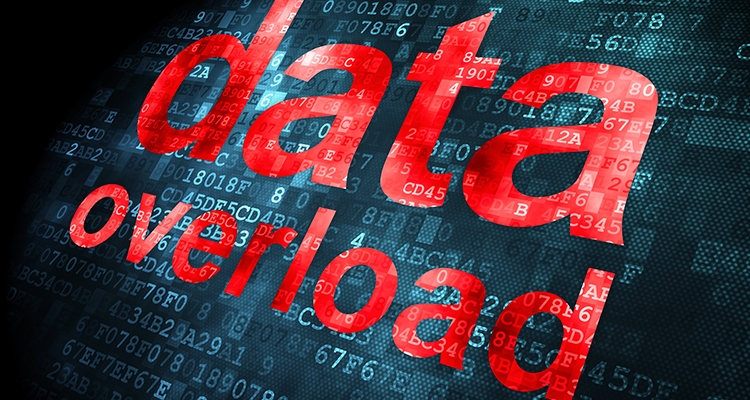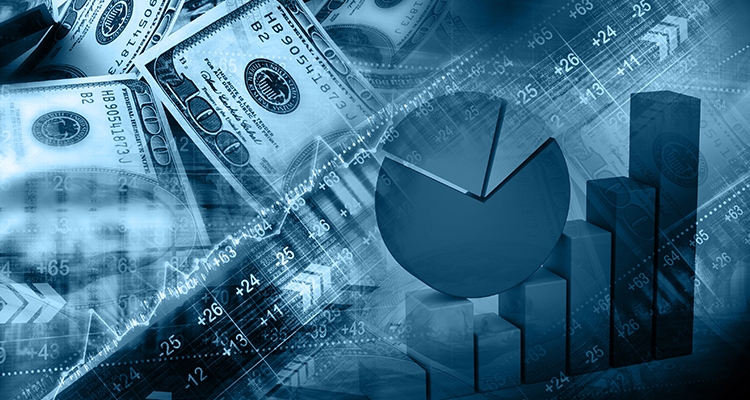
- Blog
- Jul 26, 2017
- By Jeff Keenan
To grow sales at your Shopify store, you need to know exactly what your buyers are doing. Adding attribution illuminates your top sources of buyers and the entire buyer journey. You’ll sell more to more buyers.
Shopify is huge and yet still growing faster than ever. Today, 400.000 online retailers use it to sell $34 billion worth of goods. And it is destined to play an even larger role in ecommerce in the future.
Everyone can become an online entrepreneur
With a bit of ambition, everyone can now open up a store online. Things always start out slow, but very often small initiatives grow and mature into respectable businesses.
As your store grows, you’ll need to start running some advertisements. But how do you know if you spent your ad budget the right way? Where do the best customers come from? Which ad brings the most revenue? Well, Shopify won’t tell you much.
Whatever you do, don’t sell anything without attribution in place. Getting started with attribution takes no more than 30 seconds, and like screwing in a light bulb, it shines a light on everything your customers are doing. Attribution illuminates your entire store, so you can sell more to more buyers.
Pinpoint what makes your business grow
There are several analytic dashboards for Shopify stores. Products like LoyaltyLion, Glew, and Compas all show you important metrics like:
- Average cost per order
- Repeat purchase rate
- Which customers are most loyal
- Missed revenue from lost customers
Those are all crucial metrics, of course, but they all indicate an outcome. They show you the dry numbers on how things are. And that’s only part of the information you need.
They are necessary but by no means sufficient metrics, like being a mammal is necessary but not sufficient to being human.
They don’t tell you anything about the underlying reasons for how these numbers came to be. Just knowing these numbers doesn’t help you to improve your business.
So the metrics may tell you that you’ve missed a large amount of revenue. Apparently, you could have been a lot richer… Good to know. Now what am I supposed to do?
It’s like a helpdesk employee nodding vigorously saying: “Yes, your flat screen TV is in fact broken. It doesn’t work anymore. How unfortunate… Have a great day.” Which isn’t very helpful.
To unravel the underlying dynamics of you online store’s key metrics you need to assess the stage your business is in. Each growth stage requires different data to figure out what attributes to your growth.
Measuring performance to optimize growth
You can use Shopify almost regardless of the size of your business. As ecommerce businesses grow, they go through three development stages:
-
Starting.
The classic ‘Family-run’ store. They are independently owned and run by high-energy entrepreneurs. It’s how every multinational once started.
Family-run online stores usually don’t have any budget for advertising and are strictly using non-paid channels to attract buyers.
-
Growing.
Hard work is starting to pay off. The first traction allows owners to expand their storefront.
At this point, there’s a bit of budget for Google or Facebook advertisements, or maybe even Instagram. Owners usually track activity using some simple Google Analytics features.
-
Optimizing.
Persistence is key. Owners are now high-end retailers running professional storefronts with a significant ad spend.
Now is the time to optimize ad spend to create the highest returns. In the ‘Optimizing’ stage it is more important than ever to create transparency around what your customers are doing. But the question remains, how?
We know exactly how.
Whatever you do, include attribution to create transparency
Knowing your ‘average cost per order’ or customer loyalty numbers alone won’t allow you to improve your business. You can’t influence an outcome if that outcome is all you know.
You need to know about underlying reasons for the outcome. If you can influence the underlying reasons, you can manipulate the outcome to, for instance, raise the ‘average cost per order’ or customer loyalty.
Attribution tools like LeadsRx shine a bright light on all customer behavior that led up to a repeat purchase made, or a repeat purchase not made. It shows you everything that happened before the numbers show up in your other analytic products.
Adding attribution to your Shopify store gives you insights as to why the customer acted like he or she did. It paints a picture of the entire journey of each individual customer across channels and across devices. Everything your customer does between clicking an ad and becoming a life-long high-value customer is visible.
You can discover where the bottlenecks leading up to a purchase are. Maybe it’s just one ad text or shopping cart button that confuses your customers. With attribution in place, you’ll know exactly what needs to be improved.
Remember, improving click-through-rates on a button from 0,4% to 0,8% could literally double your revenue. Small numbers matter, and increasing them only slightly can have significant effects on your bottom line. Ecommerce attribution shows you all places where you can make small adjustments, to win big.
Illuminate my store. Enlighten me!
Convinced about the power of attribution for your Shopify store? Great.
Getting started is dead simple. Install the LeadsRX application wait for a couple of days, and customer behavior information will pour in. It’s all you need to know to improve your store and make more sales.





